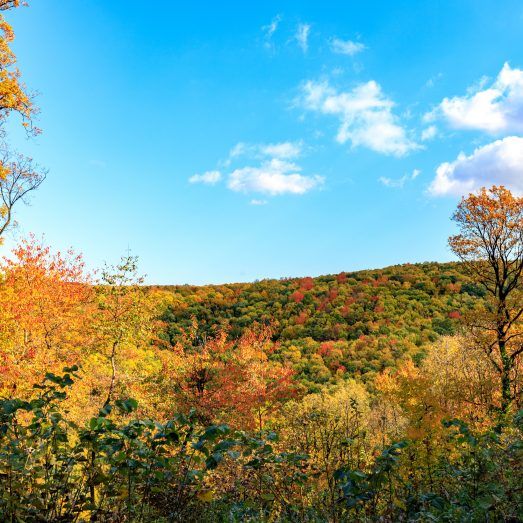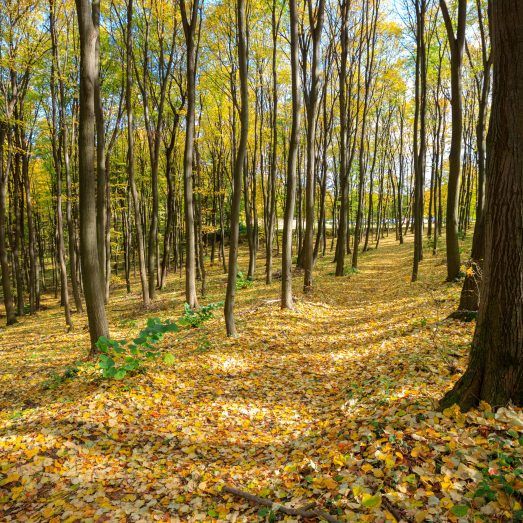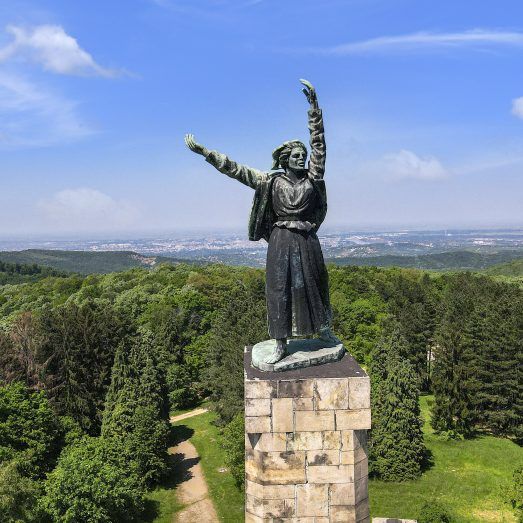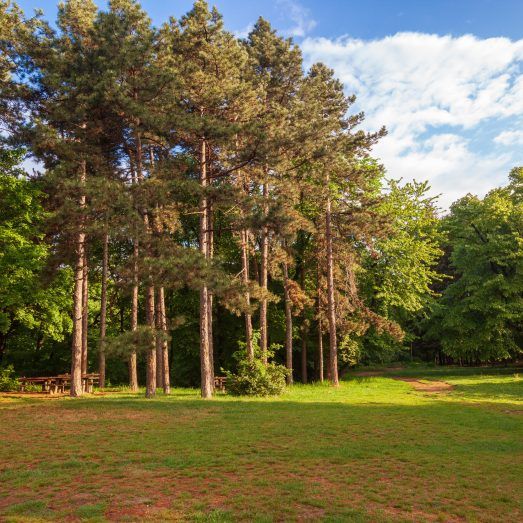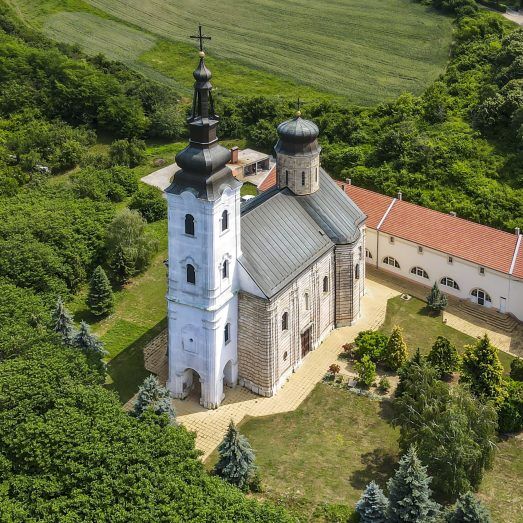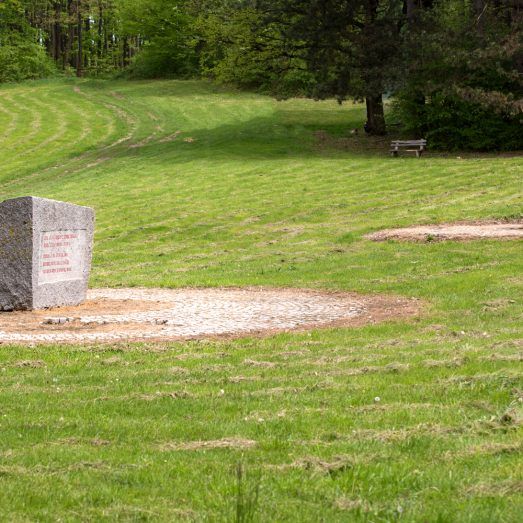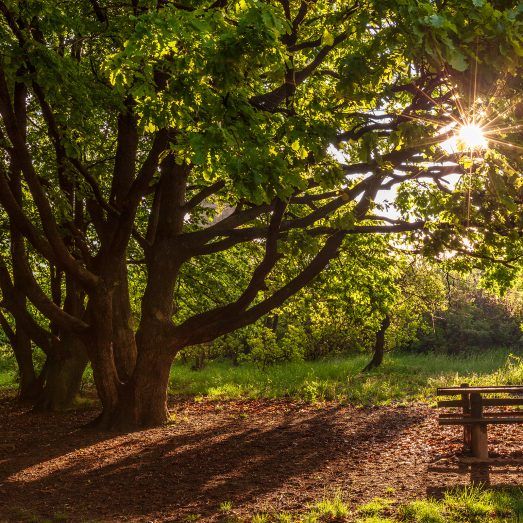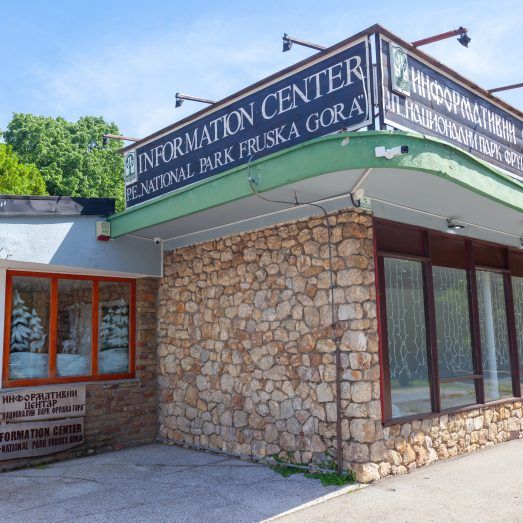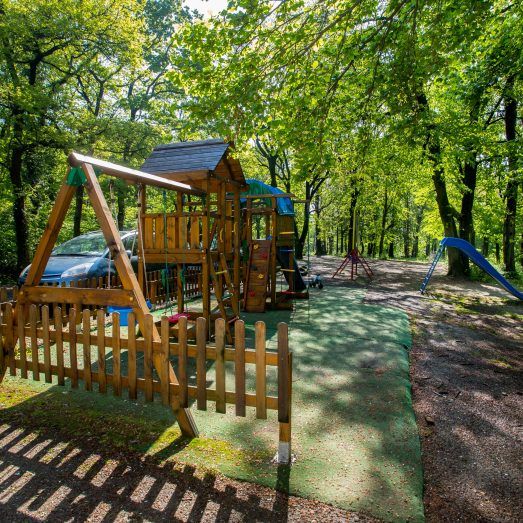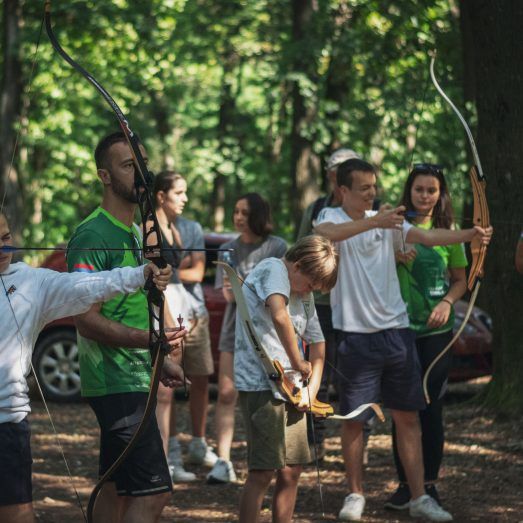Fruška Gora, today a mountain and in the past an island in the middle of the sea, stretches along the southern edge of the Pannonian Basin, in the confluence of the Sava and Danube rivers, and represents a unique spatial, natural and cultural-historical entity. It owes its name to two Old Slavic words, Frug (Franks) and Gora (mountain), indicating the origin of its former inhabitants.
Stretching east-west in a length of about 80 kilometres, Fruška Gora exceeds the altitude of 500 meters only in a few places. The peaks of Crveni (539 meters) and Isin čot (523 meters) stand out. The highest central part is overgrown with deciduous forest, while the lower slopes are covered with meadows and fruit and vine plantations brought to these areas by the ancient Romans. Alma Mons or “fertile mountain”, as it was called, is inhabited by a variety of fauna – insects, mammals, amphibians, reptiles and birds.
In a picturesque hilly landscape interspersed with stream valleys, numerous monasteries lie hidden in the forest vegetation and for this reason this mountain is also famous as the Serbian Mount Athos. The cultural and historical heritage of Fruška Gora consists of village churches, archaeological sites and National Liberation War monuments located along the ridge road.
The most visited tourist locations are Vrdnik Spa, Sremski Karlovci, lakes and numerous picnic areas such as Iriški Venac and Stražilovo. Fans of active tourism have a large number of trails for walking and cycling as well as horse riding and an adrenaline park at their disposal. The gastronomic and oenological offer here is rich and the wine routes are divided into as many as six directions.
Due to its exceptional natural and cultural values and the need to preserve them, Fruška Gora was declared the first National Park in Serbia in 1960. All visitors have the opportunity to enjoy the protected area of 26,672 hectares, minding that their activities do not damage the environment.
